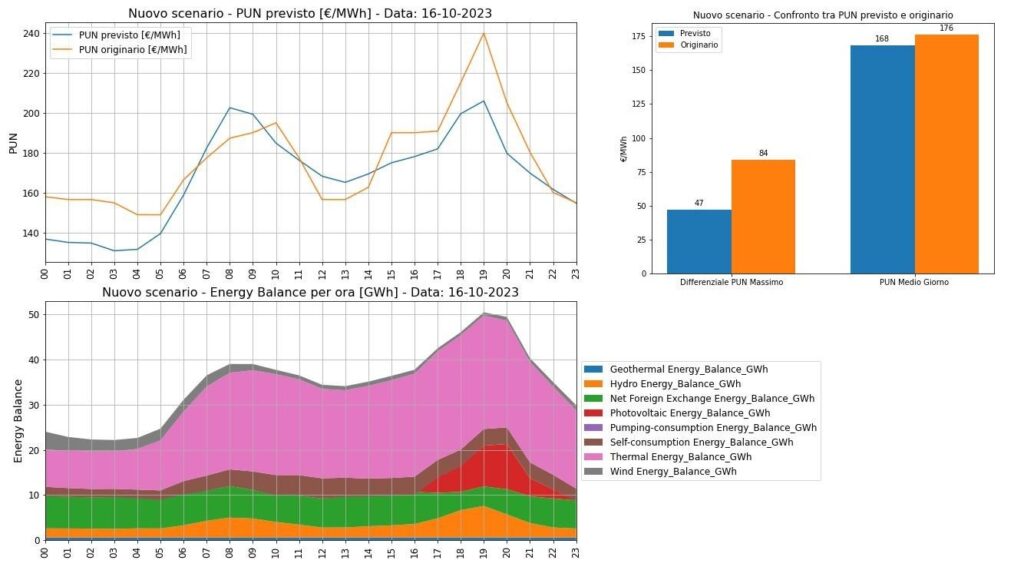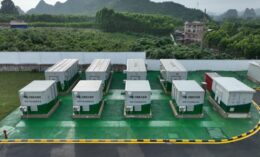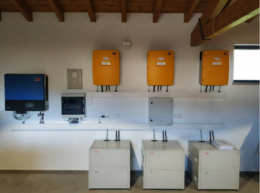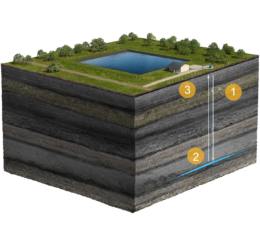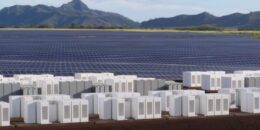U.S. grid-scale storage grows 84%, residential storage 48%
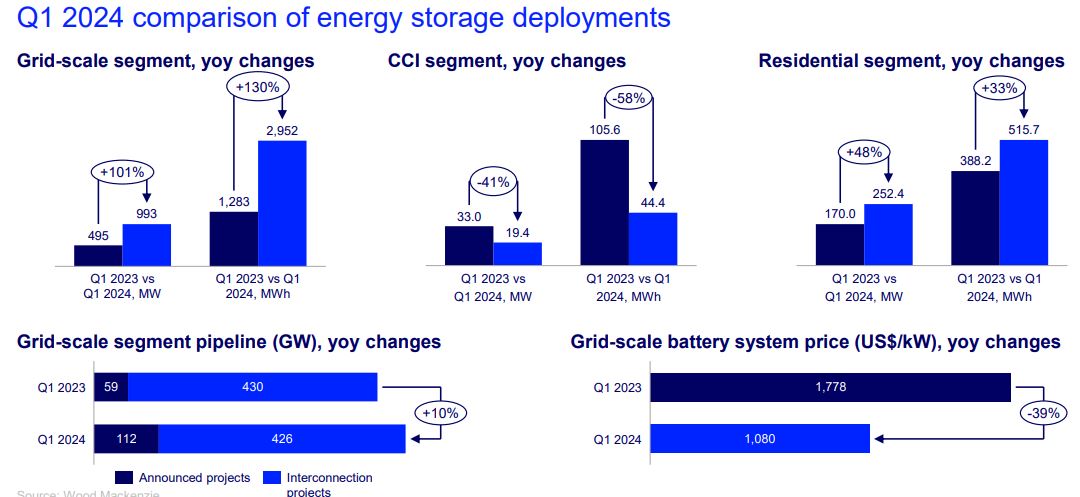
Wood Mackenzie and American Clean Power released its quarterly Energy Storage Monitor report, finding that the U.S. storage market posted strong growth in the grid-scale and residential storage sector, while the commercial and industrial sectors retracted significantly in Q1 2024.
The grid-scale market installed 993 MW / 2,952 MWh of storage, with California, Texas, and Nevada responsible for 90% of the total. This was a record quarter for grid-scale storage, growing 84% year-over-year over Q1 2023. The enormous backlog of grid-scale storage with interconnection applications has grown 10% year-over-year, with 426 GW of storage in the queue nationwide.
Costs declined considerably year-over-year, with grid-scale storage averaging $1,776 per MWh in Q1 2023 and falling 39% to $1,080 per MWh in 2024. The grid-scale segment is projected to see a 45% increase year-over-year in 2024 with 11.1 GW/31.6 GWh installed, bringing total cumulative volume in the next five years to 62.6 GW/219 GWh.
About 250 MW / 515 MWh of residential storage was installed, posting a slight increase of 8% over Q4 2023. Interestingly the residential solar segment grew 48% on an MW capacity basis year-over-year for Q1.
Batteries were attached to 41% of installed solar arrays in California
California tripled its number of residential storage installs year-over-year for Q1. Batteries were attached to 41% of installed solar arrays in California, suggesting there is still a lot of room for growth, said Wood Mackenzie. High interest rates continue to drag down the residential solar and storage market, increasing the amount of third-party-owned systems like leases and power purchase agreements (PPA).
Wood Mackenzie forecasts that 13 GW of distributed storage will be deployed over the next five years. The residential segment will constitute 79% of distributed power capacity installations, said the report. It said that more residential storage will come online as costs decrease and the value of exporting rooftop solar mid-day decreases as well.
Despite growth in other sectors, the commercial, community and industrial market had its worst quarterly deployment total in years. The California market has remained stagnant as most systems installed are under Net Energy Metering 2.0, and New York and Massachusetts have had down quarters.
“The CCI segment continues to see the highest barriers to growth in the near term, but its strong value proposition and emerging value streams will make it an exciting growth segment in the later years of our ten-year forecast,” said Wood Mackenzie.
Across all segments, Wood Mackenzie expects 12.9 GW / 35.8 GWh of storage to be installed in 2024. In its quarterly report, the firm raised its five-year forecast for grid-scale installations by 5% and residential sector installations by 8%. The five-year commercial, community, and industrial forecast was cut by 34% after the California Public Utilities Commission (CPUC) made an unfavorable ruling on community solar.
A strong start to 2024 sets expectations high for the remainder of the year.
Looking ahead, Wood Mackenzie expects 75 GW / 251 GWh to be installed through 2028.

“The rapid growth of the energy storage industry comes at a critical time, providing a solution to growing energy demand and increasingly variable weather conditions that are placing added stress on the grid.” said John Hensley, vice president of markets and policy analysis at American Clean Power, “A strong start to 2024 sets expectations high for the remainder of the year.”






